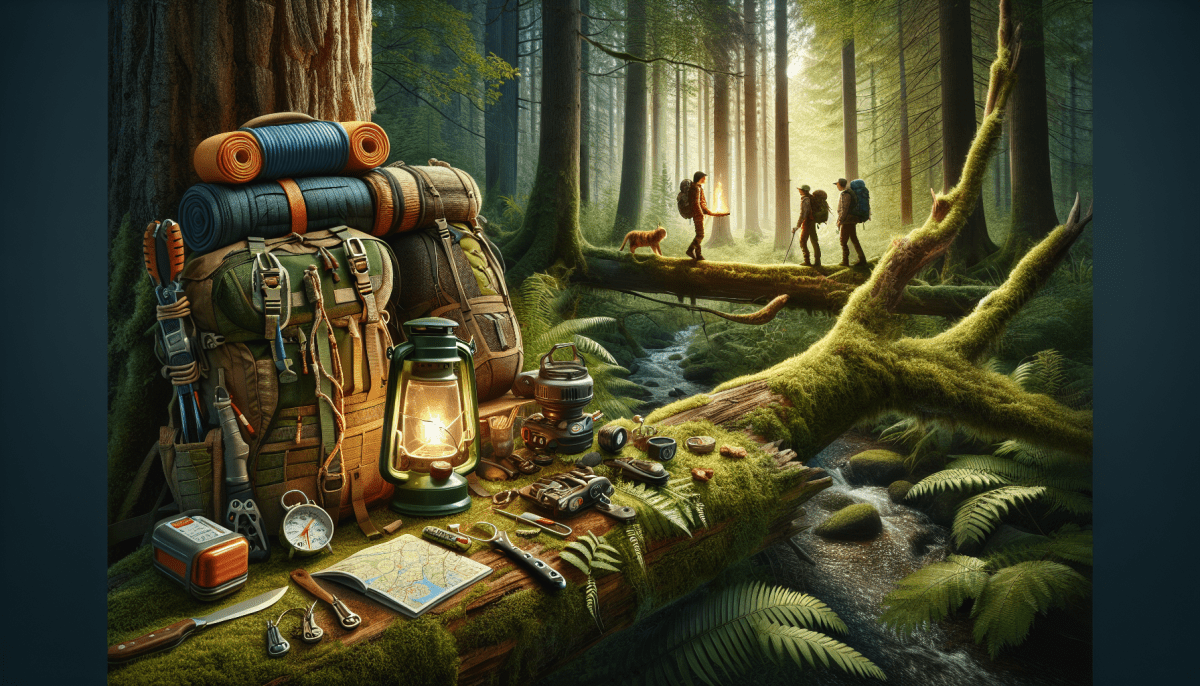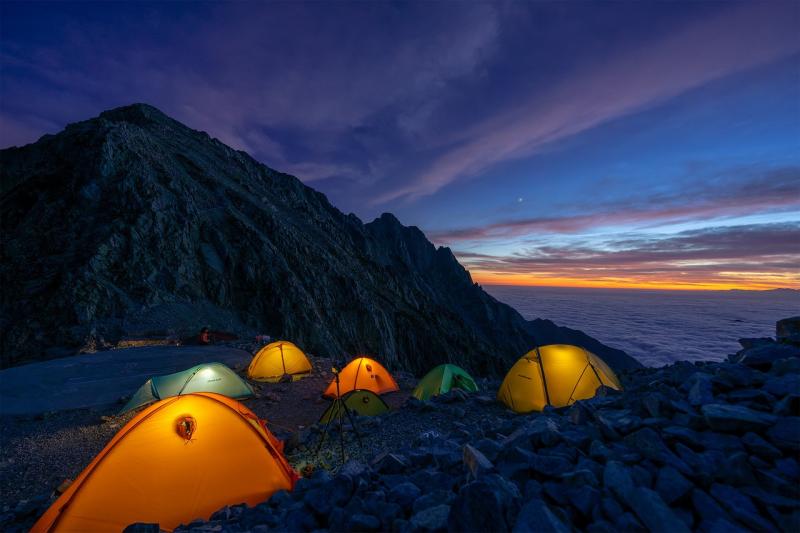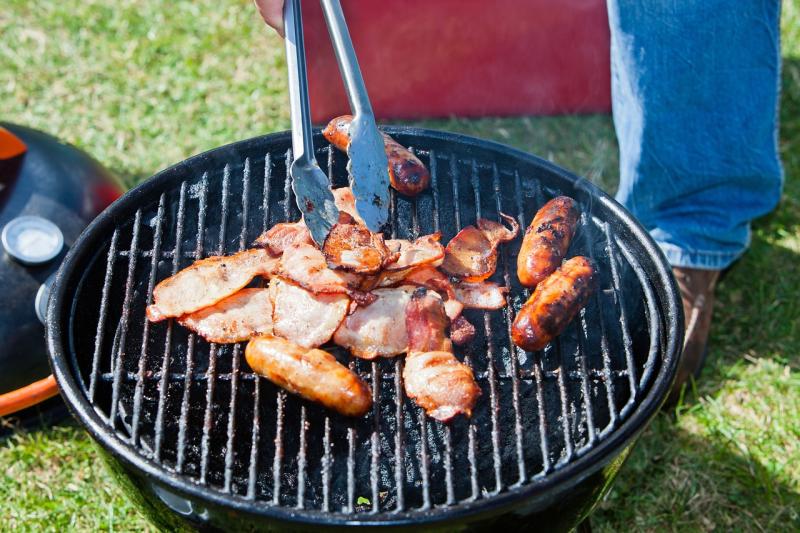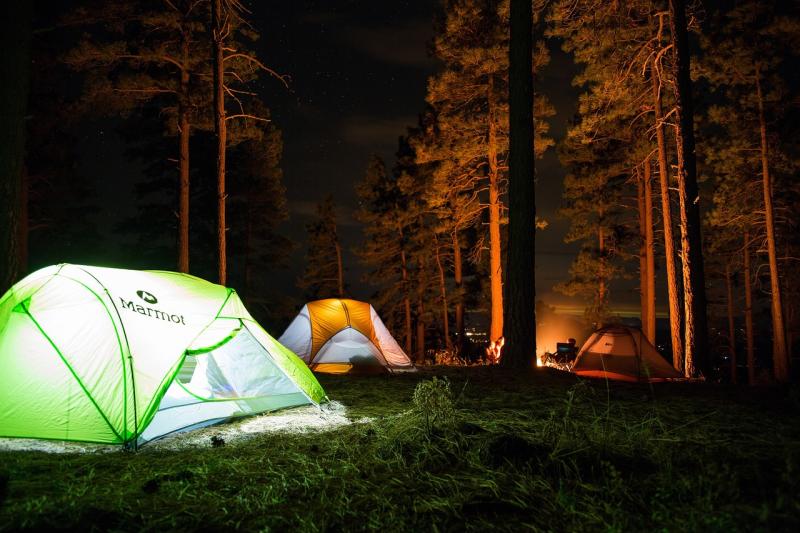Start by exploring the natural features of your chosen area. Look for level ground, which is essential for pitching tents. Avoid sites on hillsides, as they can be prone to runoff during rain. It's also wise to set up camp away from water sources, such as rivers or lakes. While proximity to water is nice for cooking and drinking, being too close can lead to flooding or attract wildlife. Aim for a distance of at least 200 feet from any water source.
Safety should always be a priority. Make sure you assess the surrounding environment for potential hazards. Stay clear of dead trees, also known as "widowmakers," which can fall during strong winds. Additionally, be aware of wildlife trails and avoid camping in areas frequented by animals. Understanding the local ecosystem can help keep you safe and allow you to enjoy nature more fully.
Consider the direction of the wind and sun when picking your campsite. A location that gets morning sunshine can warm you up early, while a spot sheltered from the wind can make for a cozier night. Also, think about your neighbors—choose a location that provides enough space from other campers for privacy and quiet. Remember, part of the joy of camping is enjoying the peace of nature!
Packing Smart for Your Trip
Packing smart is a crucial part of ensuring your camping adventure goes off without a hitch. Start by making a list of all the essentials you’ll need for the trip. This list should include items like tents, sleeping bags, cooking supplies, and food. Check your gear ahead of time to make sure everything is in working order so you won’t be left scrambling when you arrive at your campsite.
When it comes to clothing, choose layers for versatility. Depending on the weather, your trip may require a mix of short-sleeve shirts, long-sleeve shirts, and warm jackets. Pack moisture-wicking fabrics to keep you comfortable, and don't forget a hat and sturdy footwear. Remember, it's better to have too many layers that you can remove than to be stuck in the cold without enough clothing.
Don't overlook the importance of food and hydration. Plan your meals in advance and pack nutritious, non-perishable items that are easy to prepare. Consider bringing a portable camp stove or grill, and always carry enough water or a filtration system if you’re sourcing your water from nearby lakes or rivers. Snacks like trail mix or energy bars are also great to keep your energy up during hikes.
Lastly, think about the little extras that can enhance your camping experience. Bring along a good book, a journal, or a deck of cards to enjoy during downtime. A portable charger for your devices can also be a lifesaver, especially if you want to capture the memories of your epic adventure. By being thoughtful about what you pack, you'll create a more enjoyable and stress-free camping experience.
Cooking Delicious Meals Outdoors
When it comes to cooking gear, less is often more. A lightweight camping stove or a portable grill can be your best friend. Don’t forget essential tools such as a spatula, tongs, and a sharp knife. Bringing along pre-measured ingredients in plastic bags or containers can save space and make cooking more efficient. All you’ll need to do is toss everything together at the campsite, and you’re ready to cook!
One of the joys of outdoor cooking is the ability to experiment with flavors that nature provides. Consider incorporating local herbs and wild edibles into your meals for a fresh, gourmet touch. Use a cast-iron pan to prepare a hearty breakfast of eggs and bacon over an open fire, or try grilling season vegetables. The key is to be creative and embrace the natural elements around you. It’s not just about the food; it's about making memories with friends or family around the campfire.
Finally, always remember to practice food safety while cooking outdoors. Keep raw ingredients separate from cooked foods, and make sure to wash your hands before preparing meals. Store perishable items in a cooler and use them quickly to avoid spoilage. With a little planning and creativity, you can turn your camping trip into a culinary adventure that everyone will cherish. Happy cooking!
Staying Safe in Nature
Another essential tip is to be aware of your surroundings. Familiarize yourself with the area, including trails, water sources, and potential hazards. Keep an eye out for wildlife, and remember that they are part of their natural habitat. It’s important to respect their space and avoid feeding them, as this can create dangerous situations for both you and the animals.
Prepare for the weather by checking the forecast before you leave. Weather can change rapidly in nature, so pack accordingly. Bring layers to stay warm and dry, and don’t forget essentials like a rain jacket, sunscreen, and insect repellent. Staying hydrated is crucial too; always carry enough water and know where to access fresh water sources.
Finally, pack a first aid kit and familiarize yourself with basic first aid techniques. Accidents can happen, so it’s smart to be prepared. Make sure your kit includes items like band-aids, antiseptic wipes, and pain relievers. Having these supplies on hand can make a big difference in case of minor injuries, allowing you to quickly get back to enjoying your epic camping adventure.



